What is Discovery Learning?
Discovery learning has its origins from theorist Jerome Bruner in the 1960’s, and is based on the student being an active participant in the learning process. The learning theory is based on inquiry and discovery; both in the content to be learned and the process of acquiring the knowledge.
In a discovery learning classroom, students are encouraged to figure things out for themselves by looking into problems and asking questions on topics of interest to them.
Examples include:
- Students interact with the world by exploring and manipulating objects
- Guided discovery
- Problem-based learning
- Simulation-based learning
- Case-based learning
- Experiments
Proponents say:
- Students are more motivated to learn, as they are seeking knowledge on a topic that interests them
- Students can control the pace of learning
- Promotes independence
- Retention and problem-solving skills increase as students are actively engaged in seeking answers
Challenges can be:
- If not framed properly, learning can be unstructured and lead to student frustration
- Doesn’t take into account that there are certain skills/knowledge that all students need to learn.
How does Discovery Learning differ from Experiential Learning?
Both experiential and discovery learning are learner-centered instructional methods.
Key differentiators:
- With experiential learning, the skill or knowledge to be learned is defined up-front.
- With discovery learning, the student plays a larger role in determining the actual content to be learned. The content of what is to be learned is driven by the student, as well as the pace of the learning.
Discovery Learning in Action in Early Childhood
Discovery learning has a very important place in an early childhood classroom!
- Learning centers should be well-thought out to include age-appropriate materials for children to explore.
- Teachers should be prepared to anticipate questions they may receive, and be available to provide guidance.
Make Bead Mazes: Styrofoam, pipe cleaner and various shaped bead.
Make a Robot station: Provide metal objects along with plastic and other objects with magnets
Color mixing / Exploring Art / Science: Eye droppers, watercolors and paper towels
Bruner, J. S. (1961). The Act of Discovery. Harvard Education, 31, 21-32.
Cattaneo, K. H. (2017). Telling Active Learning Pedagogies Apart: From Theory to Practice. Journal Of New Approaches In Educational Research, 6(2), 144-152.
Questions to consider
- Share a discovery learning activity you have done in your classroom (include age/grade of your students).
- What did you find as pros and cons of incorporating discovery learning activities in your classroom?
Leave a reply below with your thoughts!


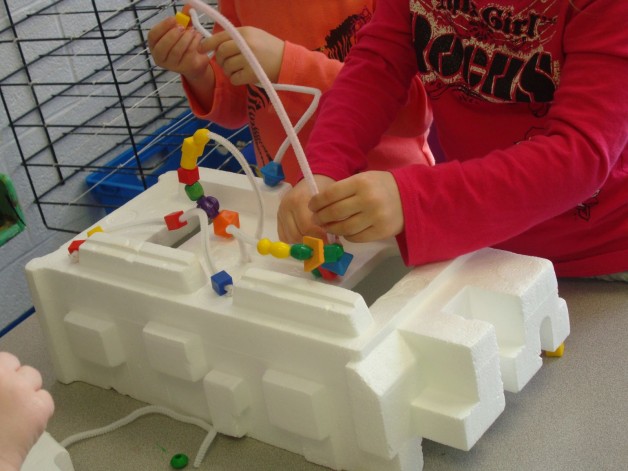
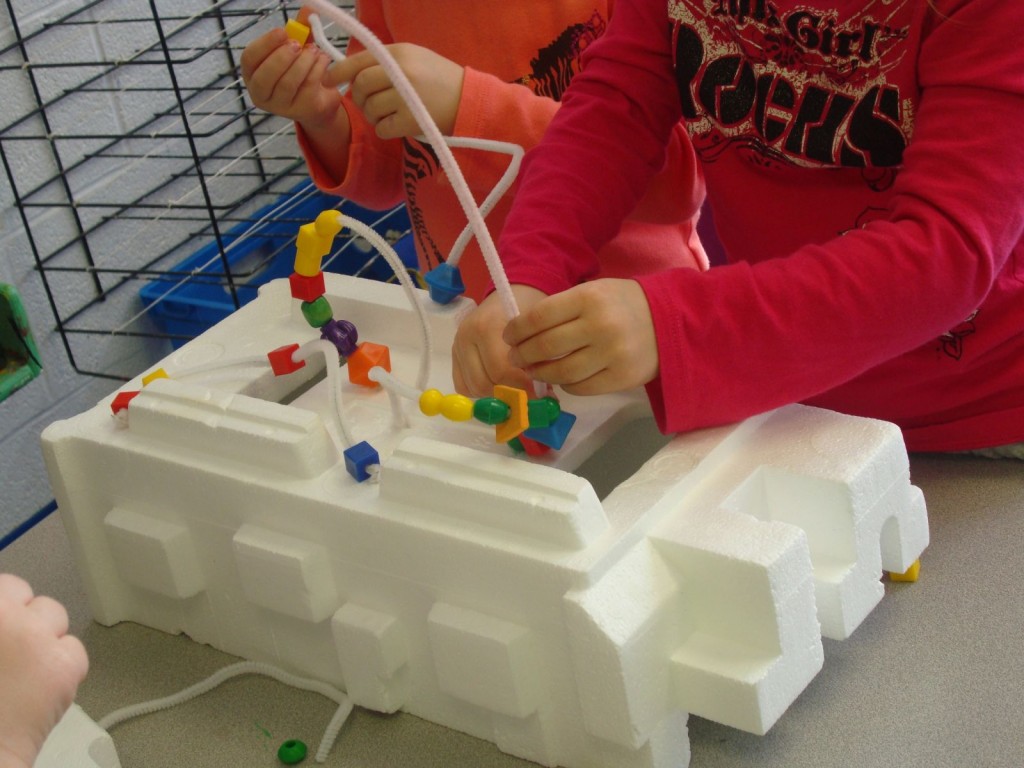
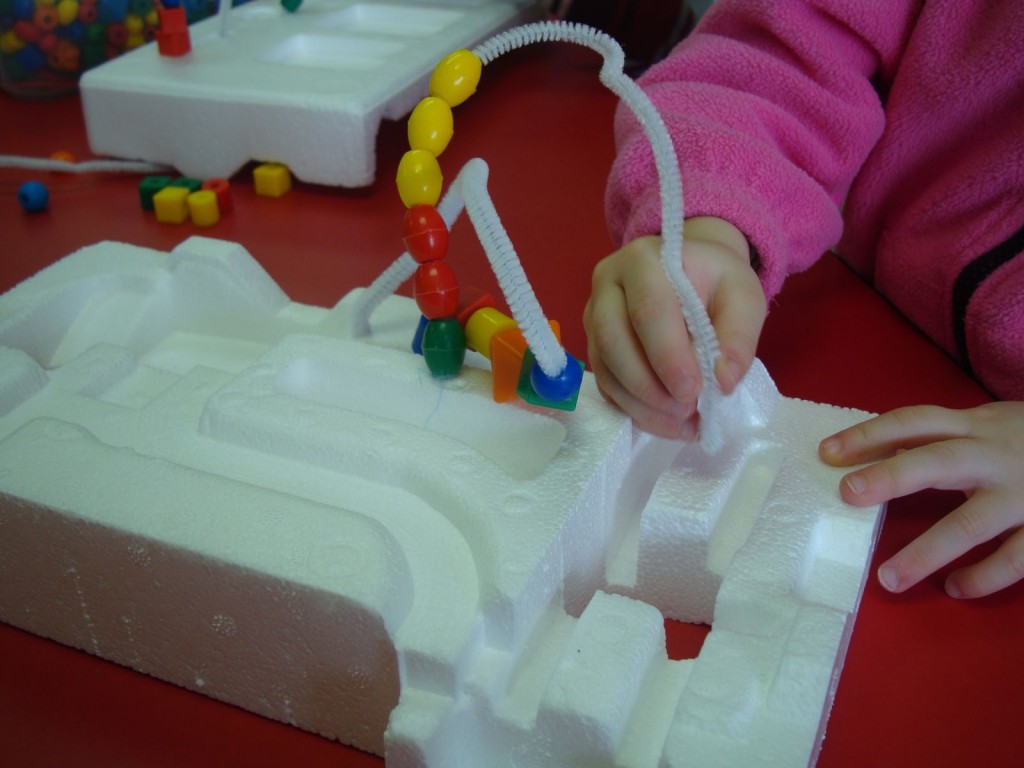
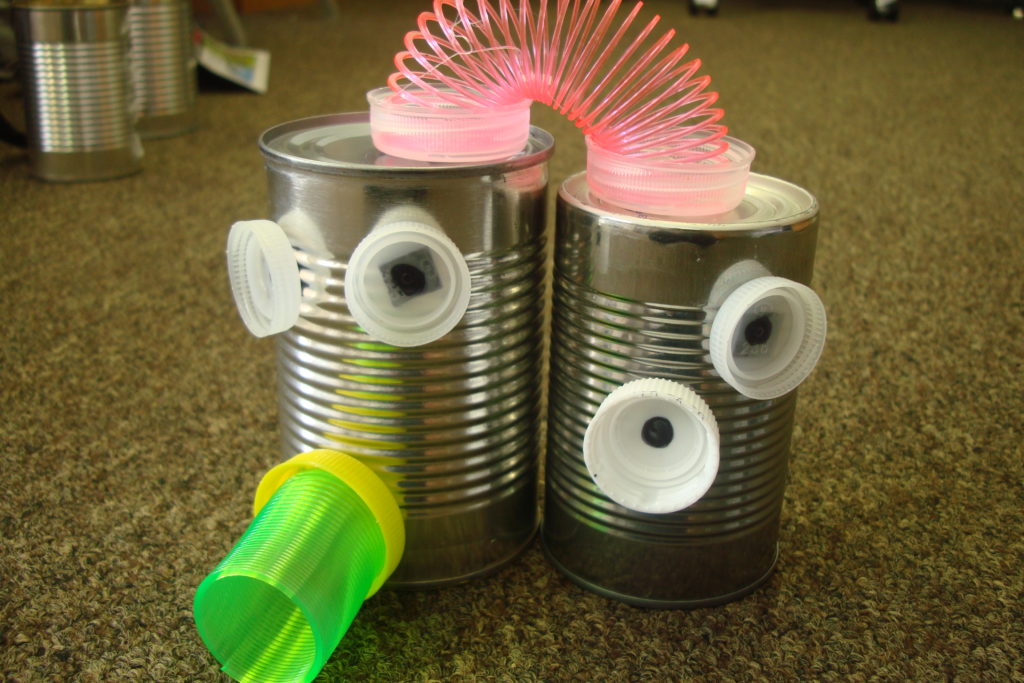
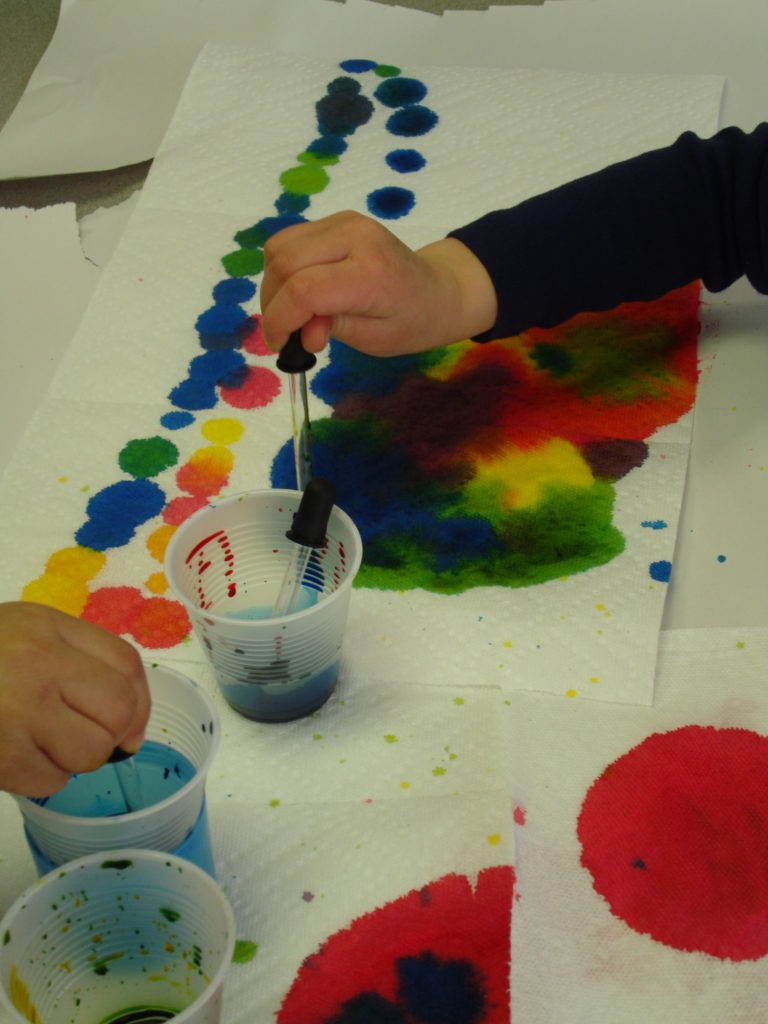
Leave a Reply